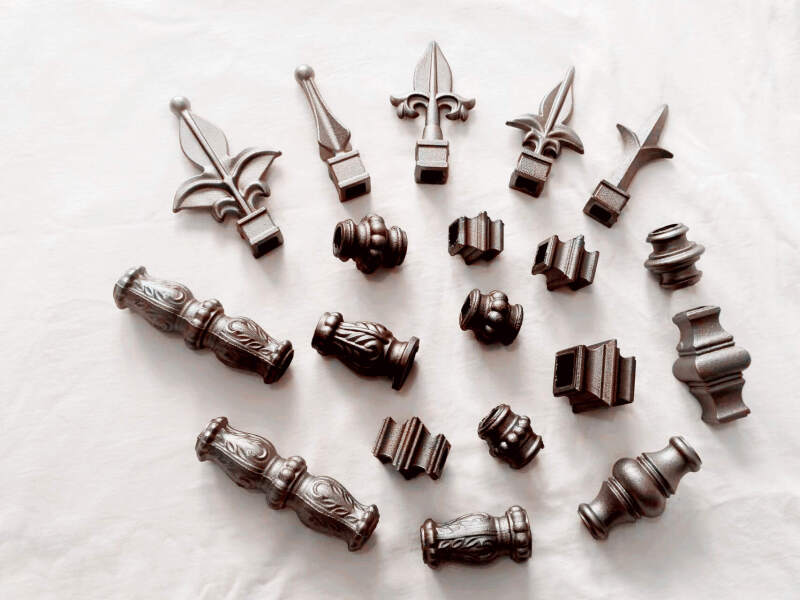
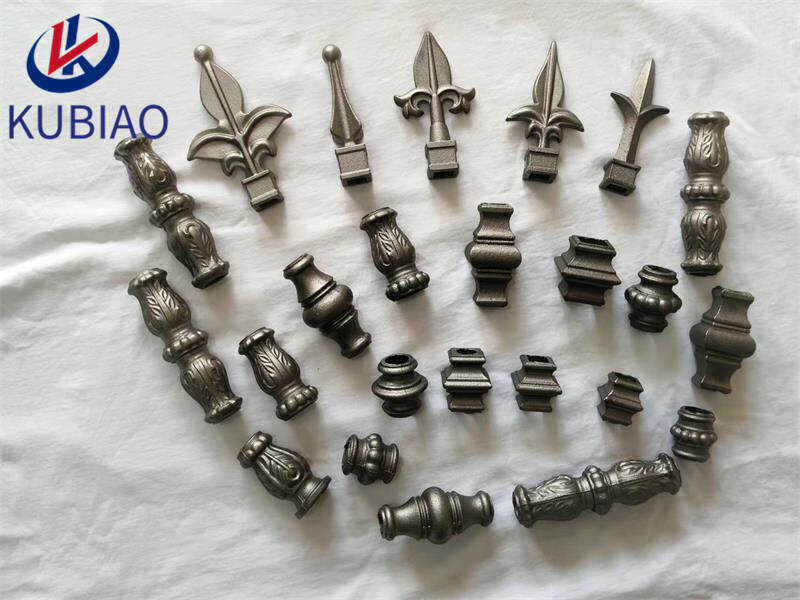
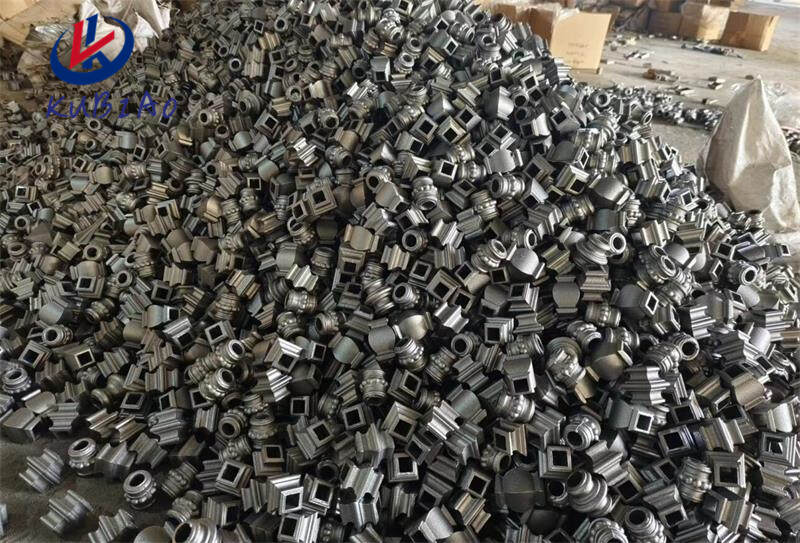
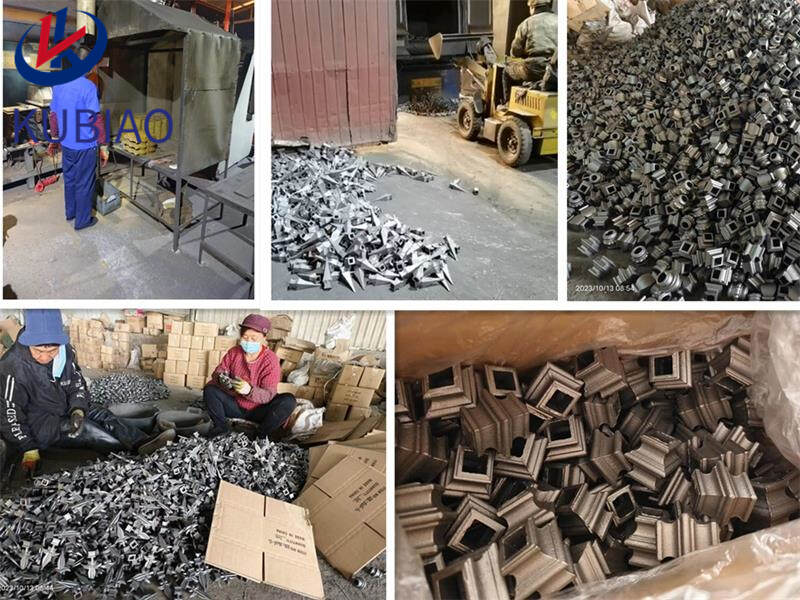
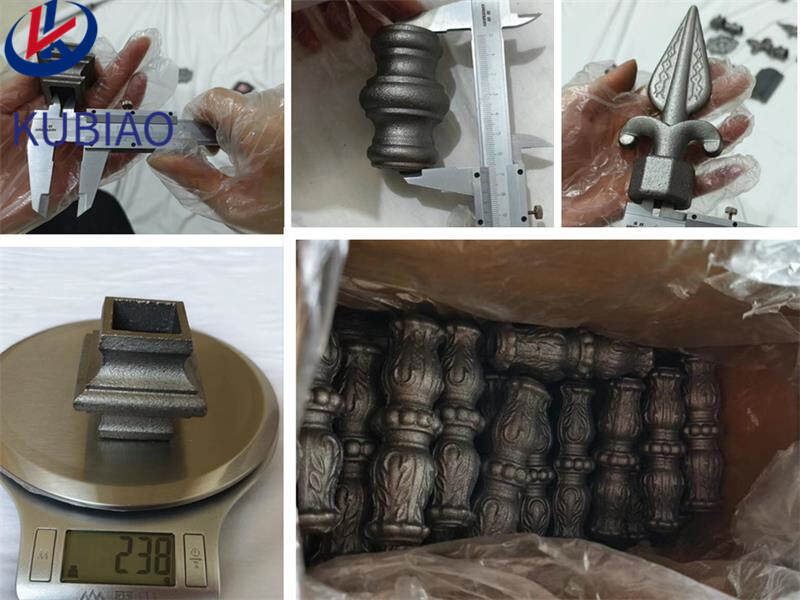
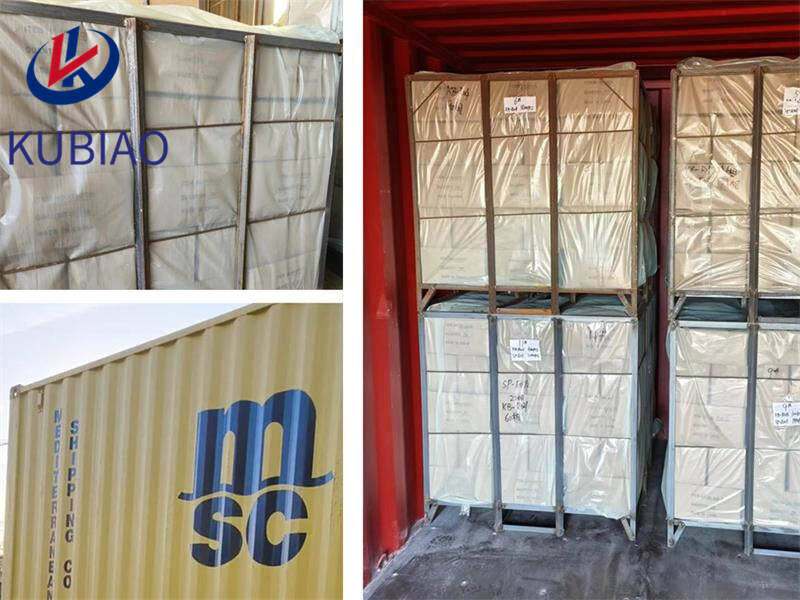
| Product name | cast iron bases |
| Keyword | iron fence post collars,cast iron fence sections,iron ornament panels,cast iron fence ornaments,cast iron design for gate |
| Place of Origin | China |
| Quality standard | We have our own professional QC team to insure the quality. |
| Feature | Cast iron is a strong metal material that can withstand large amounts of pressure and weight. It is also durable and resistant to corrosion, making it ideal as a decorative item |
| Application scope | Public places, etc. |
| surface treatment | sand blasting antirust antirust oil/water painting hot dip galvanizing |
| Unit Weight(g) | 417(Contact us for specific information to confirm) |
| terms of payment | 50% T/T in advance, balance before shipment. |
| Life span | 17 years (Contact us for specific information to confirm) |
| delivery time | It usually takes 40 days. |
| Advantage | We keep good quality and competitive price to ensure our customers benefit |
| Packing | 19x14.05x13.5cm(Contact us for specific information to confirm) |
| OEM/ODM | Customization Service Provided |
| design | beautiful elegance sleek pretty |
| Sales country | All over the world for example:Albania,Turks and Caicos Islands,Belgium,South Africa,Eritrea,Ghana |
| MOQ | 207pcs(Contact us for specific information to confirm) |
1.What are some alternative uses for cast iron bases?
We operate our cast iron bases business with integrity and honesty.
1. Bookends: Place a pair of cast iron ornaments on either side of a stack of books to create unique and sturdy bookends.
2. Paperweights: Use a heavy cast iron ornament as a paperweight on your desk or in your home office.
3. Garden Decor: Place cast iron ornaments in your garden or yard to add a touch of whimsy and charm.
4. Doorstops: Use a large, heavy cast iron ornament as a doorstop to keep doors from slamming shut.
5. Wall Art: Hang a collection of cast iron ornaments on a wall to create a unique and eye-catching display.
6. Napkin Rings: Use small cast iron ornaments as napkin rings for a rustic and elegant touch to your table setting.
7. Key Holders: Hang a cast iron ornament on the wall near your front door to use as a key holder.
8. Coat Hooks: Attach a cast iron ornament to a piece of wood or a wall to create a unique and sturdy coat hook.
9. Christmas Ornaments: Use small cast iron ornaments as Christmas tree decorations or as part of a holiday centerpiece.
10. Paper Towel Holder: Place a roll of paper towels on a cast iron ornament to create a unique and functional paper towel holder.
11. Candle Holders: Use a cast iron ornament as a base for a pillar candle or as a decorative holder for tea lights.
12. Table Centerpiece: Arrange a collection of cast iron ornaments on a tray or in a bowl to create a unique and rustic table centerpiece.
13. Wine Bottle Holder: Use a large, sturdy cast iron ornament as a holder for a wine bottle.
14. Planters: Place small plants or succulents inside a hollow cast iron ornament to create a unique and decorative planter.
15. Kitchen Utensil Holder: Use a large, heavy cast iron ornament as a holder for kitchen utensils such as wooden spoons or spatulas.
2.Can cast iron bases be used in both traditional and modern decor styles?
We maintain a certain amount of R&D investment every year and continuously improve operational efficiency to provide better services to our cooperative customers.
Yes, cast iron ornaments can be used in both traditional and modern decor styles. They can add a touch of vintage charm to traditional decor, while also bringing a bold and industrial element to modern decor. The versatility of cast iron ornaments allows them to be incorporated into a variety of design styles, making them a popular choice for home decor.
3.What is the history of cast iron bases?
We pay attention to the introduction and training of talents, scientifically regulate the management system, and focus on cultural construction and team cohesion.
Cast iron ornaments have a long and rich history dating back to ancient civilizations. The use of cast iron for decorative purposes can be traced back to the 5th century BC in China, where it was used to create intricate and ornate objects such as bells and statues.
In Europe, the use of cast iron for decorative purposes began in the 15th century, with the production of cast iron firebacks and grates for fireplaces. These were often adorned with intricate designs and patterns, and were considered a symbol of wealth and status.
During the Industrial Revolution in the 18th and 19th centuries, cast iron became more widely available and affordable, leading to an increase in its use for decorative purposes. Cast iron ornaments were used to decorate buildings, parks, and gardens, and were also popular as household items such as door knockers, garden furniture, and garden urns.
In the late 19th and early 20th centuries, the Victorian era saw a surge in the popularity of cast iron ornaments. The ornate and elaborate designs of the Victorian era were perfectly suited to the versatility of cast iron, and it was used extensively in the construction of buildings, bridges, and other structures.
However, with the advent of new materials such as steel and aluminum, the use of cast iron for decorative purposes declined in the 20th century. It was not until the lat<
br> 20th century that there was a renewed interest in cast iron ornaments, with a growing appreciation for their historical and aesthetic value.
Today, cast iron ornaments are still used to decorate buildings, parks, and gardens, and are also popular as collectibles and antiques. They are valued for their durability, intricate designs, and historical significance, and continue to be a popular choice for adding a touch of elegance and charm to any space.
4.What are the differences between antique and new cast iron bases?
We continuously upgrade our skills and knowledge to adapt to changing cast iron bases market needs.
1. Age: The most obvious difference between antique and new cast iron ornaments is their age. Antique cast iron ornaments are typically at least 100 years old, while new ones are recently manufactured.
2. Design: Antique cast iron ornaments often have intricate and detailed designs, reflecting the craftsmanship of the time period they were made in. New cast iron ornaments may have simpler and more modern designs.
3. Rarity: Due to their age, antique cast iron ornaments are often more rare and harder to find than new ones. This can make them more valuable to collectors.
4. Quality: Antique cast iron ornaments were often made with high-quality materials and craftsmanship, resulting in a more durable and long-lasting product. New cast iron ornaments may not have the same level of quality and may be more prone to damage.
5. Patina: Antique cast iron ornaments have a natural patina that develops over time, giving them a unique and aged appearance. New cast iron ornaments may lack this patina and may look more uniform and shiny.
6. Price: Due to their rarity and historical value, antique cast iron ornaments can be more expensive than new ones. New cast iron ornaments are often more affordable and readily available.
7. Authenticity: Antique cast iron ornaments have a sense of authenticity and history that cannot be replicated in new ones. They have a story and a connection to the past that adds to their charm and value.
8. Collectibility: Antique cast iron ornaments are highly sought after by collectors, making them a valuable and desirable item. New cast iron ornaments may not hold the same level of collectibility.
9. Condition: Antique cast iron ornaments may have some wear and tear due to their age, while new ones are in pristine condition. This can affect their appearance and value.
10. Purpose: Antique cast iron ornaments were often used for practical purposes, such as architectural details or garden decorations. New cast iron ornaments may be more decorative and used solely for aesthetic purposes.
5.Can cast iron bases be used for functional purposes?
We pay attention to employee development and benefits, and provide a good working environment in order to improve the efficiency of employees and improve the quality management of cast iron bases products.
Yes, cast iron ornaments can be used for functional purposes such as door knockers, hooks, and brackets. They are durable and strong enough to support weight and perform their intended function. However, it is important to make sure that the ornament is properly installed and secured to ensure safety and stability.
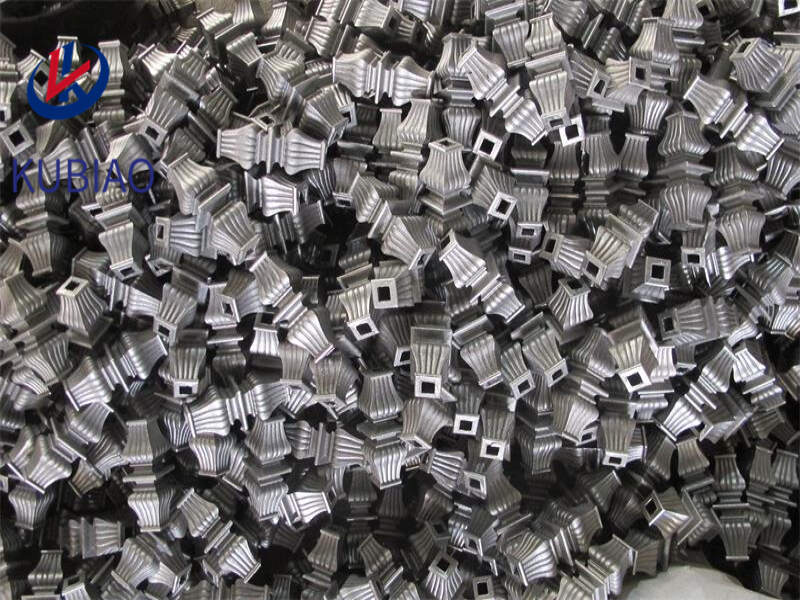
6.How are cast iron bases used in home decor?
We have advanced production equipment and technology to meet the needs of customers, and can provide customers with high quality, low priced cast iron bases products.
1. Wall Decor: Cast iron ornaments can be used as wall decor by hanging them on the wall using hooks or nails. They can add a vintage and rustic touch to any room.
2. Bookends: Cast iron ornaments in the shape of animals, plants, or other objects can be used as bookends to keep books in place on a shelf or table.
3. Doorstops: Heavy and sturdy cast iron ornaments can be used as doorstops to hold doors open. They can also add a decorative element to the room.
4. Garden Decor: Cast iron ornaments can be used in the garden as decorative pieces. They can be placed on a garden wall, hung from a tree, or used as a centerpiece in a flower bed.
5. Fireplace Accessories: Cast iron ornaments such as fire grates, firebacks, and fireplace tools can add a traditional and elegant touch to a fireplace.
6. Table Centerpieces: Small cast iron ornaments can be used as table centerpieces. They can be placed on a tray or in a bowl with other decorative items to create a unique and eye-catching display.
7. Kitchen Decor: Cast iron ornaments in the shape of fruits, vegetables, or kitchen utensils can be used as decorative pieces in the kitchen. They can be displayed on a shelf or hung on the wall.
8. Candle Holders: Cast iron ornaments can be used as candle holders by placing a candle on top or inside them. They can add a touch of warmth and coziness to any room.
9. Coat Hooks: Cast iron ornaments in the shape of hooks can be used as coat hooks in an entryway or mudroom. They can add a functional and decorative element to the space.
10. Furniture Accents: Cast iron ornaments can be used as accents on furniture pieces such as tables, chairs, and cabinets. They can add a unique and personalized touch to the furniture.
7.What are the differences between cast iron bases and other metal decorations?
We have advantages in marketing and channel expansion. Suppliers have established good cooperative relations, continuously improved workflows, improved efficiency and productivity, and provided customers with high -quality products and services.
1. Material: The main difference between cast iron ornaments and other metal decorations is the material used. Cast iron ornaments are made from iron that has been melted and poured into a mold, while other metal decorations can be made from a variety of metals such as aluminum, brass, copper, or steel.
2. Weight: Cast iron ornaments are typically heavier than other metal decorations due to the density of iron. This can make them more durable and less likely to be blown over by strong winds.
3. Strength: Cast iron is known for its strength and durability, making cast iron ornaments more resistant to damage and wear compared to other metal decorations.
4. Rust resistance: Cast iron is prone to rusting, so cast iron ornaments may require regular maintenance to prevent rust. Other metal decorations, such as aluminum or stainless steel, are more resistant to rust and may require less maintenance.
5. Design options: Cast iron ornaments are limited in terms of design options due to the casting process. Other metal decorations can be formed into more intricate and detailed designs using techniques such as welding, bending, and cutting.
6. Cost: Cast iron ornaments tend to be more expensive than other metal decorations due to the cost of the materials and the labor-intensive casting process.
7. Versatility: Other metal decorations can be used both indoors and outdoors, while cast iron ornaments are primarily used for outdoor decor due to their weight and rust-prone nature.
8. Historical significance: Cast iron has been used for centuries in architectural and decorative elements, giving cast iron ornaments a sense of history and tradition that other metal decorations may not have.
8.Are there any DIY techniques for creating my own cast iron bases?
We have a good reputation and image in the industry. The quality and price advantage of cast iron bases products is an important factor in our hard overseas market.
1. Sand Casting: This method involves creating a mold using sand and pouring molten cast iron into it. You can use a wooden pattern or a 3D printed mold to create intricate designs. Once the iron has cooled and solidified, the sand can be removed to reveal the ornament.
2. Clay Casting: Similar to sand casting, this method involves creating a mold using clay instead of sand. The clay can be molded into any shape or design and then coated with a layer of sand before pouring in the molten iron. Once cooled, the clay can be removed to reveal the ornament.
3. Lost Wax Casting: This technique involves creating a wax model of the ornament and then coating it with a layer of ceramic. The wax is then melted out, leaving a hollow ceramic mold. Molten iron is then poured into the mold and once cooled, the ceramic can be broken away to reveal the ornament.
4. Repurposed Molds: You can also use existing objects such as cookie cutters, silicone molds, or even household items like bottle caps or keys to create unique cast iron ornaments. Simply pour the molten iron into the mold and let it cool before removing the ornament.
5. Sandpaper Etching: If you don't have access to molten iron, you can still create a cast iron look by using sandpaper to etch designs onto a piece of metal. You can then paint the metal with a rust-colored paint to give it an aged look.
6. Welding: If you have some welding skills, you can create your own cast iron ornaments by welding together pieces of scrap metal. You can use a grinder to smooth out any rough edges and give it a more polished look.
7. 3D Printing: If you have access to a 3D printer, you can design and print your own cast iron ornaments using a special filament that contains iron particles. Once printed, the ornament can be heated to fuse the iron particles together, giving it a cast iron appearance.
Remember to always take proper safety precautions when working with molten iron or welding equipment. It is also important to properly dispose of any leftover materials and follow local regulations for metalworking.
9.How can I incorporate cast iron bases into my holiday decor?
We are a new cast iron bases manufacturer.
1. Hang them on the Christmas tree: Use small cast iron ornaments as unique and rustic additions to your Christmas tree. They can add a touch of vintage charm and contrast well with traditional glass or plastic ornaments.
2. Create a centerpiece: Arrange a few cast iron ornaments in a bowl or on a tray with some greenery and candles to create a festive centerpiece for your dining table or mantel.
3. Use as stocking holders: Instead of traditional stocking holders, use heavy cast iron ornaments to hold up your stockings. They will add a unique and unexpected touch to your holiday mantel.
4. Decorate your wreath: Add some interest to your holiday wreath by incorporating a few cast iron ornaments into the design. They can be hung from the wreath or nestled among the greenery.
5. Place on a garland: String a garland along your staircase or mantel and use cast iron ornaments as accents throughout. This will add a rustic and charming touch to your holiday decor.
6. Use as napkin rings: Wrap a small cast iron ornament around a cloth napkin to create a unique and festive napkin ring for your holiday table setting.
7. Hang on doorknobs: Add a touch of holiday cheer to your doors by hanging cast iron ornaments on the doorknobs. This is a simple and easy way to incorporate them into your decor.
8. Create a vignette: Arrange a few cast iron ornaments on a tray or in a bowl with other holiday decorations, such as pinecones, candles, or greenery, to create a festive vignette for your coffee table or sideboard.
9. Personalize with paint: If you have plain cast iron ornaments, you can personalize them by painting them with holiday designs or messages. This is a fun and creative way to make them stand out in your decor.
10. Use as gift toppers: Instead of traditional bows or ribbons, use small cast iron ornaments as gift toppers. This will add a unique and rustic touch to your gift wrapping.
10.Are there any famous examples of cast iron bases in famous buildings?
We have established long-term and stable partnerships with our suppliers, so we have great advantages in price and cost and quality assurance.
1. Eiffel Tower - The iconic Parisian landmark features cast iron ornaments in its intricate lattice design.
2. Grand Central Terminal - The main concourse of this New York City train station is adorned with cast iron chandeliers and decorative elements.
3. Buckingham Palace - The gates and railings of the royal residence in London are made of cast iron, featuring ornate designs and crests.
4. St. Pancras Station - This Victorian railway station in London is known for its elaborate cast iron roof and decorative elements.
5. New York Public Library - The main branch of the NYPL features cast iron lamp posts and decorative grilles on its exterior.
6. The Palace of Westminster - The Houses of Parliament in London feature cast iron elements, including the iconic Big Ben clock tower.
7. The Iron Bridge - This 18th century bridge in Shropshire, England is considered a masterpiece of cast iron engineering and design.
8. The Smithsonian Castle - The oldest building on the National Mall in Washington D.C. features cast iron columns and decorative elements.
9. The Royal Albert Hall - This concert hall in London features a cast iron dome and decorative friezes on its exterior.
10. The Flatiron Building - This iconic New York City skyscraper is known for its unique triangular shape and cast iron facade.
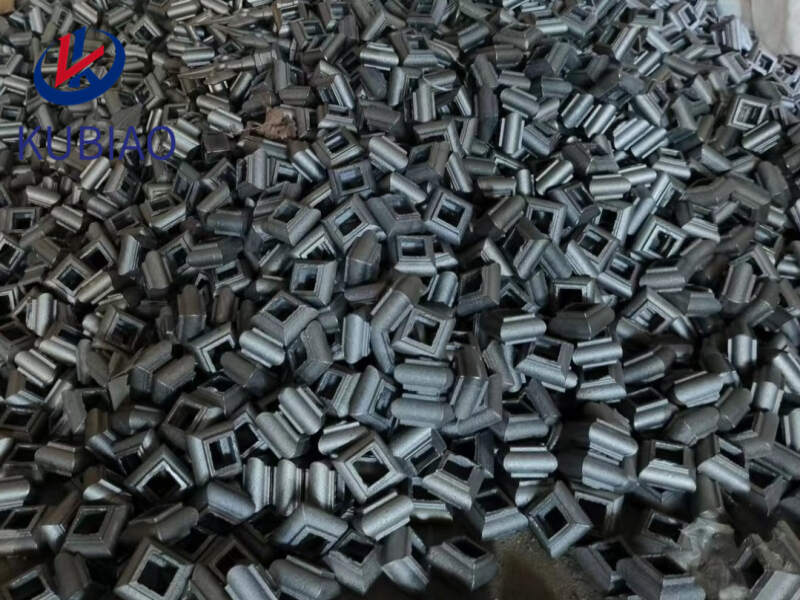
11.How have cast iron bases evolved over time?
We focus on innovation and continuous improvement to maintain a competitive advantage.
Cast iron ornaments have evolved significantly over time, both in terms of their design and production methods. Here are some key changes that have occurred:
1. Early designs: The earliest cast iron ornaments were simple and functional, such as door knockers, hinges, and fireplace tools. These were often made using sand casting techniques and had a utilitarian look.
2. Victorian era: In the mid-19th century, cast iron ornaments became more decorative and ornate, reflecting the Victorian love for intricate designs and embellishments. This era saw the rise of cast iron garden furniture, fountains, and statues, often featuring elaborate floral and animal motifs.
3. Industrial revolution: With the advent of the industrial revolution, cast iron ornaments became more affordable and accessible to the middle class. This led to a proliferation of cast iron products, including street lamps, railings, and building facades.
4. Art Nouveau and Art Deco: In the late 19th and early 20th centuries, cast iron ornaments were influenced by the Art Nouveau and Art Deco movements, which favored more fluid and geometric designs respectively. This led to the creation of cast iron gates, grilles, and other architectural elements with intricate patterns and motifs.
5. Modern era: In the 20th century, cast iron ornaments continued to evolve, with a focus on functionality and minimalism. Modern designs often feature clean lines and geometric shapes, and are used in a variety of applications, from furniture to home decor.
6. Production methods: While sand casting was the primary method of producing cast iron ornaments in the past, modern techniques such as die casting and investment casting have made the process more efficient and precise. This has allowed for the creation of more intricate and detailed designs.
7. Materials: While cast iron was the preferred material for ornaments in the past, modern advancements have led to the use of other materials such as aluminum and bronze. These materials offer greater strength and durability, while still retaining the look and feel of cast iron.
Overall, cast iron ornaments have evolved from simple and functional objects to highly decorative and versatile pieces, reflecting the changing tastes and advancements in technology over time.
12.How do I determine the quality of cast iron bases?
We adhere to the principle of quality first and have a complete production quality management system and quality inspection process.
1. Weight: High-quality cast iron ornaments will feel heavy and solid in your hand. This is because cast iron is a dense and heavy material, so if the ornament feels lightweight or flimsy, it may be made of a lower quality material.
2. Smoothness: Run your hand over the surface of the ornament to feel for any rough or uneven areas. High-quality cast iron ornaments will have a smooth and even surface, with no bumps or imperfections.
3. Detailing: Look closely at the details of the ornament. High-quality cast iron ornaments will have crisp and intricate detailing, with no signs of smudging or blurring. Lower quality ornaments may have less defined details or may appear sloppy.
4. Finish: The finish of the ornament can also indicate its quality. High-quality cast iron ornaments will have a smooth and even finish, with no visible flaws or rough spots. Lower quality ornaments may have a rough or uneven finish, or may even have visible casting lines.
5. Rust resistance: Cast iron is prone to rust, so high-quality cast iron ornaments will have a protective coating or finish to prevent rusting. Check for any signs of rust or corrosion on the ornament, as this can indicate a lower quality product.
6. Durability: A good quality cast iron ornament should be able to withstand outdoor elements and last for many years. If the ornament feels flimsy or fragile, it may not be of good quality and may not last as long.
7. Price: While price is not always an indicator of quality, high-quality cast iron ornaments are typically more expensive than lower quality ones. If the price seems too good to be true, it may be an indication of lower quality.
8. Brand reputation: Do some research on the brand or manufacturer of the cast iron ornament. Reputable brands are more likely to produce high-quality products, so purchasing from a trusted brand can increase the chances of getting a good quality ornament.
13.Are there any common design elements found in cast iron bases?
1. Intricate Details: Cast iron ornaments often feature intricate and detailed designs, such as floral patterns, scrollwork, and geometric shapes.
2. Curved and Organic Shapes: Many cast iron ornaments have curved and organic shapes, which are achieved through the casting process.
3. Symmetry: Symmetry is a common design element in cast iron ornaments, with designs often being mirrored on both sides.
4. Repetition: Many cast iron ornaments feature repeated patterns or motifs, creating a sense of unity and cohesion in the design.
5. Textures: Cast iron ornaments can have a variety of textures, including smooth, rough, and hammered surfaces, adding visual interest and depth to the design.
6. Finials and Fleur-de-lis: Finials, which are decorative end pieces, and fleur-de-lis, a stylized lily flower, are commonly found in cast iron ornaments, adding a touch of elegance and sophistication.
7. Gothic and Victorian Influences: Cast iron ornaments often draw inspiration from Gothic and Victorian architecture, featuring pointed arches, spires, and intricate details.
8. Natural Elements: Many cast iron ornaments incorporate natural elements, such as leaves, flowers, and animals, into their designs.
9. Rustic and Industrial Aesthetics: Cast iron ornaments can also have a rustic or industrial aesthetic, with rough textures and simple, geometric designs.
10. Black or Dark Colors: Due to the nature of cast iron, most ornaments are black or dark in color, adding a sense of drama and contrast to the design.
Welcome to contact us for Cast Iron Order!
Email: sales@kubiaometal.com
Cellphone/Whatsapp: 0086 13020588163
Wechat: 13028588163
Tag:cast iron fence toppers,cast iron décor ,ornamental casting spearheads ,iron studs ,cast iron gate insert,decorative fence stud
PREV: cast iron cap
Product
Category